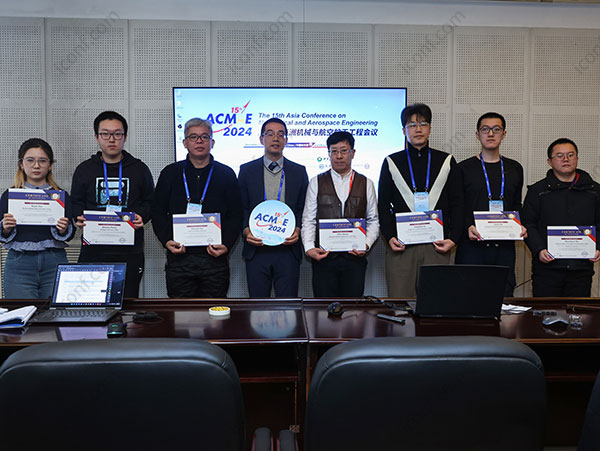

48 views||Release time: Aug 12, 2025
Publishing in an EI-indexed conference is not necessarily “easy” or “hard” — it depends on the field, the conference’s academic level, and your preparation. EI conferences vary widely in their review standards: some are highly competitive with strict technical reviews, while others are more accessible for early-career researchers.

Unlike top-tier journals, many EI conferences have higher acceptance rates, especially regional or specialized ones. However, reputable international EI conferences often have acceptance rates under 40–50%, meaning that only well-prepared, original, and relevant papers get accepted.
Most EI conferences evaluate submissions based on originality, clarity, technical soundness, and relevance to the conference theme. Even though the review cycle is often shorter than that of journals, peer reviewers still expect a solid research foundation and well-structured writing.
Authors who clearly present their research problem, methodology, and contributions tend to perform better in reviews. Aligning your topic with the conference scope and following the required paper format can greatly increase acceptance probability.
Frequent issues include insufficient novelty, unclear methodology, poor English writing quality, and not following the submission template. Many rejections could be avoided with careful proofreading and technical refinement.
Attending the conference, whether virtually or in person, allows you to present your work, receive feedback, and network with peers — which can also help you understand future publication expectations.
Publishing in an EI conference may not be as demanding as top-tier SCI journals, but it still requires solid research and presentation skills. To explore reputable EI-indexed conferences and improve your chances of success, visit iconf.org.